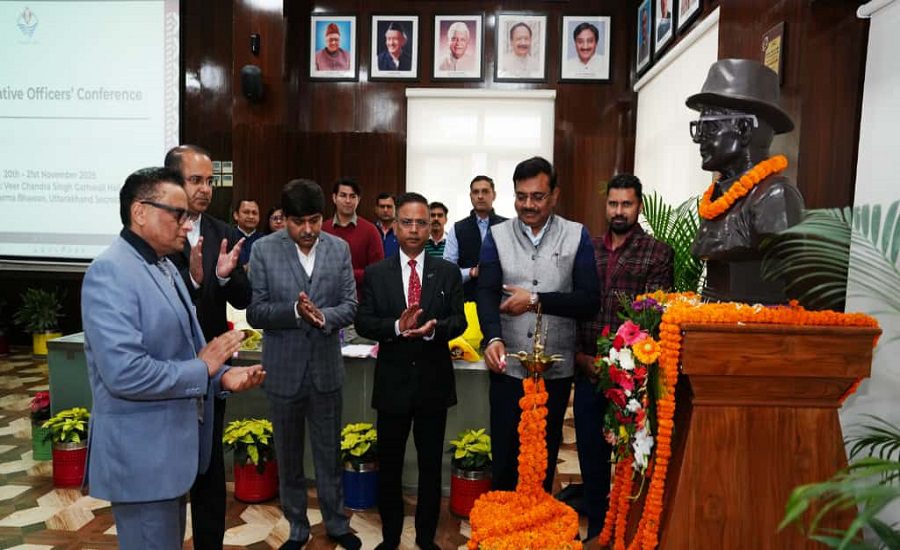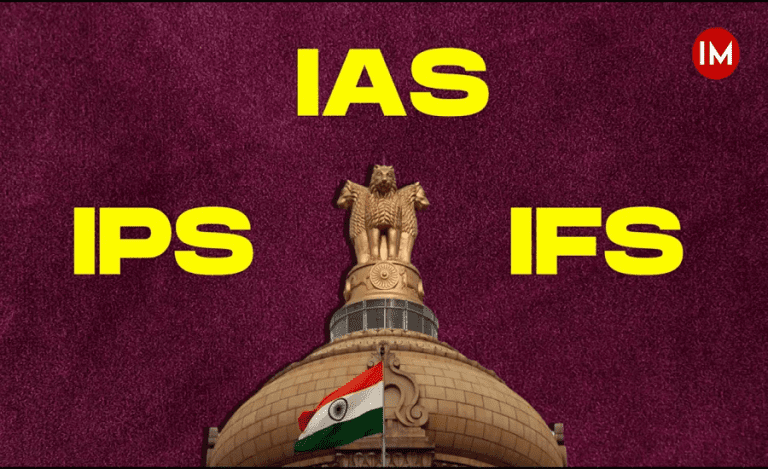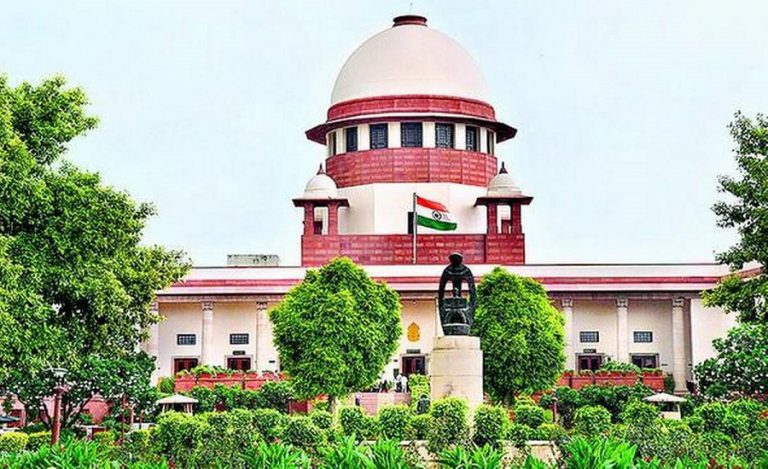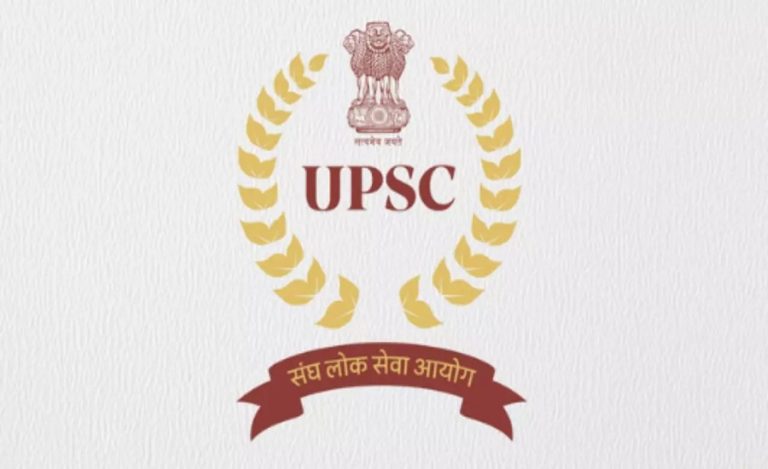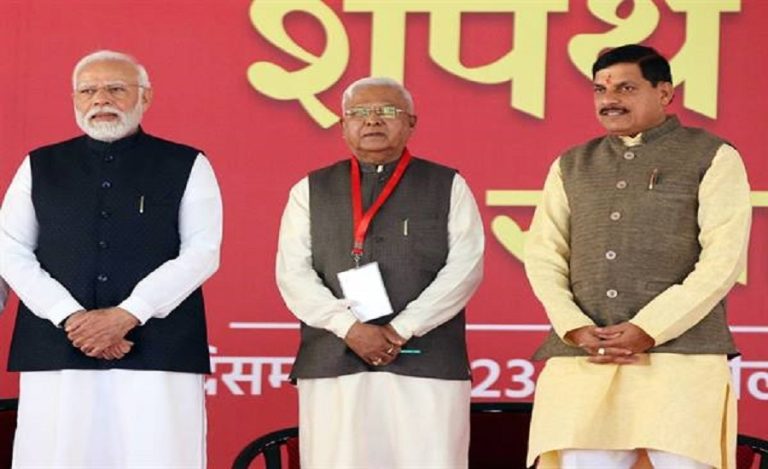Dehradun: The two-day Administrative Officers’ Conference (AOC) commenced at the Veer Chandra Singh Garhwali Auditorium in the Secretariat, where the Uttarakhand government presented its long-term development roadmap and discussed strategies aimed at achieving the vision of a Developed Uttarakhand @ 2047.
Senior policymakers, administrative officers, and district magistrates participated in extensive discussions covering sectoral challenges, growth opportunities, and policy reforms required to accelerate state development.
Chief Secretary: Ground-Realities-Based Policy Key to Uttarakhand’s Future
In the inaugural session, Chief Secretary Anand Vardhan emphasized that policymaking must be rooted in ground realities to ensure meaningful progress.
He described the AOC as an important platform enabling direct dialogue between policymakers and field officials, which strengthens coordination and improves administrative efficiency.
He identified tourism, horticulture, health & wellness, and urban development as the key pillars of Uttarakhand’s long-term growth.
Planned and sustainable urbanization, he said, is essential to prevent unplanned expansion and ensure environmental protection in the Himalayan state.
Vision 2047: Uttarakhand’s GSDP Projected to Touch ₹28.92 Lakh Crore
Principal Secretary Dr. R. Meenakshi Sundaram presented the visioning framework for Developed Uttarakhand 2047.
Key Projections:
- Current GSDP: ₹3.78 lakh crore
- Projected GSDP in 2047: ₹28.92 lakh crore
He stated that the major drivers of growth will be:
- High-value agriculture
- Expansion of the service sector
- Improvement in digital infrastructure
- Advancement in education
- Strengthening of the health ecosystem
- Finance Secretary Flags Key Fiscal Challenges
Finance Secretary Dilip Jawalkar highlighted the state’s financial constraints and the need for improved revenue management.
He identified major challenges including:
- Reduction and discontinuation of certain grants
- Slowing revenue growth
- Increasing expenditure obligations
He stressed the need for evidence-based policymaking, realistic revenue projections, and enhanced coordination between departments to ensure fiscal sustainability.
Connectivity & Infrastructure: Focus on Decongestion and Resilient Systems
Presenting the Infrastructure and Mobility Roadmap, Secretary Pankaj Pandey said that Uttarakhand has made remarkable progress in connectivity over the past 25 years.
He stated that the next phase of development should prioritize:
- Urban decongestion
- Climate-resilient infrastructure
- Integrated public transport systems
Improved mobility, he noted, is crucial to boosting both tourism and economic activity in the hill state.
Winter Tourism Circuit Presented
The Additional Secretary of the Tourism Department outlined plans for a Winter Tourism Circuit, noting that several new circuits have been identified.
Their effective development will require:
- Integrated departmental coordination
- Streamlined approvals
- Targeted tourism infrastructure investment
- District Magistrates Share Field Experiences & Innovative Models
District Magistrates from Bageshwar, Pithoragarh, Champawat, Udham Singh Nagar, and Haridwar presented achievements, challenges, and best practices from their regions.
Key Themes Discussed:
- Development of herbal and medicinal plants
- Implementation of the Vibrant Villages model
- Exploiting horticulture potential
- Performance under the Aspirational Districts Initiative
- Waste management innovations and bottlenecks
The Chief Secretary emphasized the importance of building strong institutional frameworks to address these challenges effectively.
Conference Moderation & Participation
The conference was successfully moderated by Additional Secretary Navneet Pandey.
Several senior officials, including Principal Secretaries R.K. Sudhanshu and L.L. Fanai, attended the deliberations.
Read also: From Local Fairs to Yoga Hubs: Uttarakhand Implements PM Modi’s Vision for Tourism and Development

